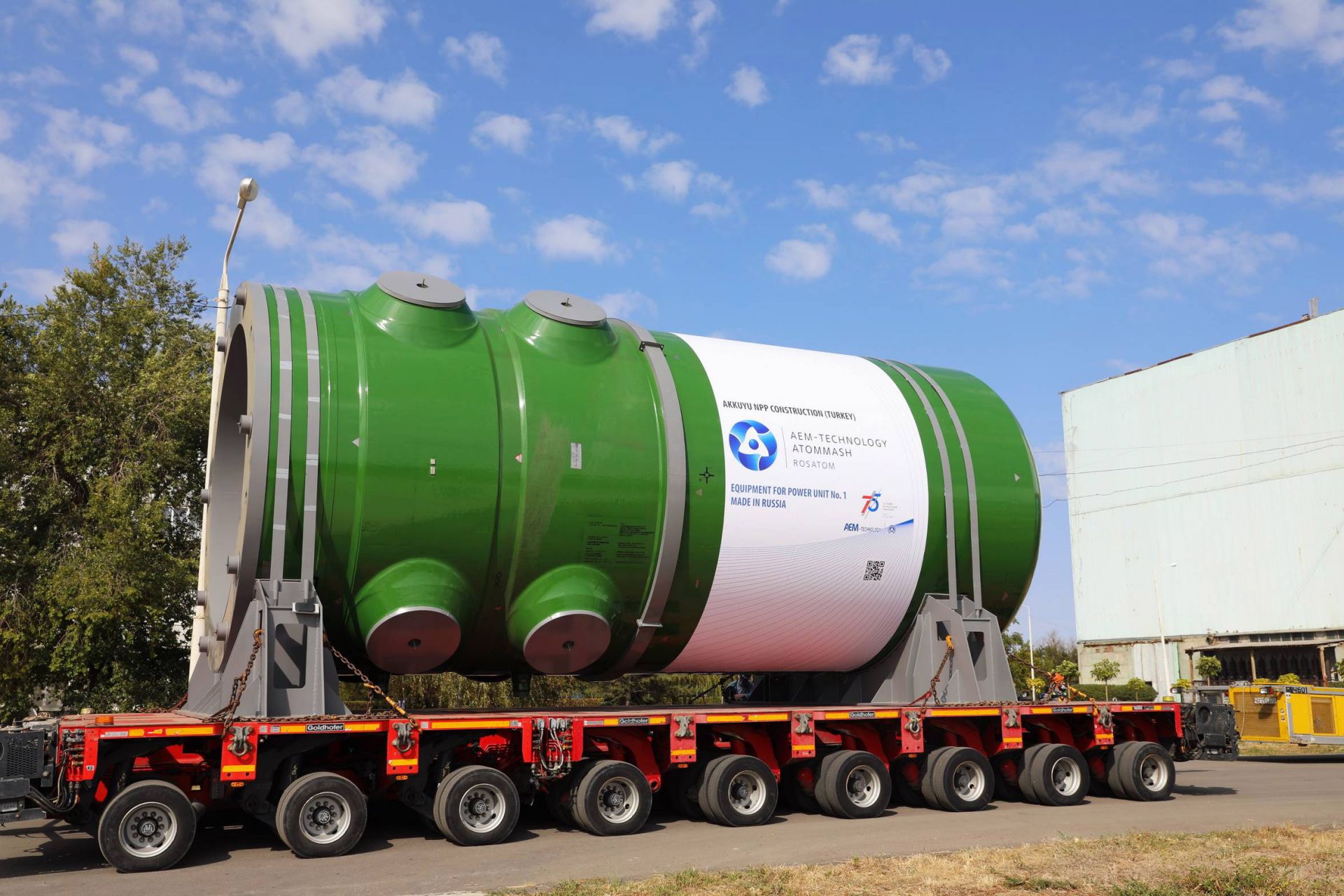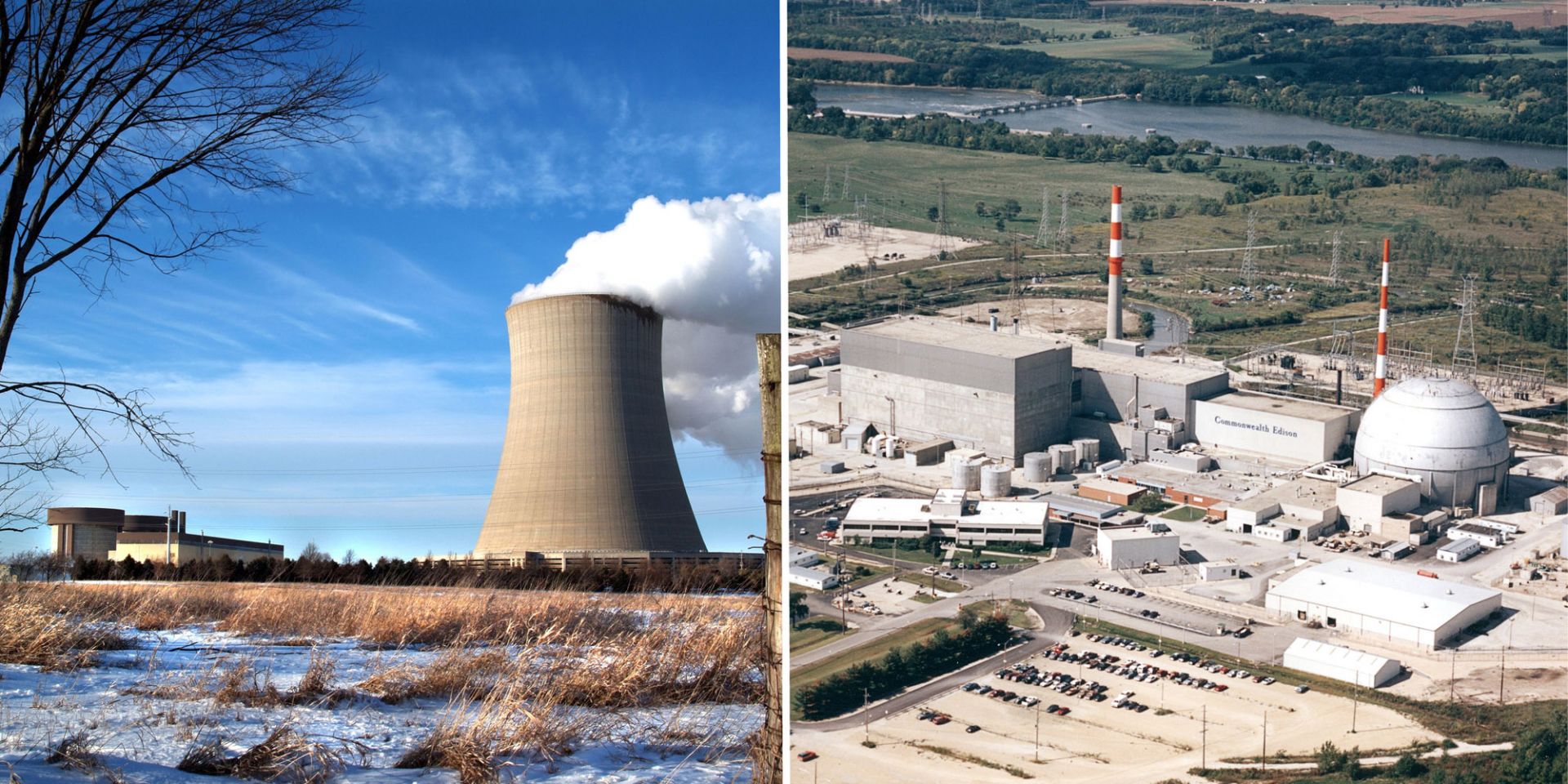Report highlights socioeconomic impact of power plant closures
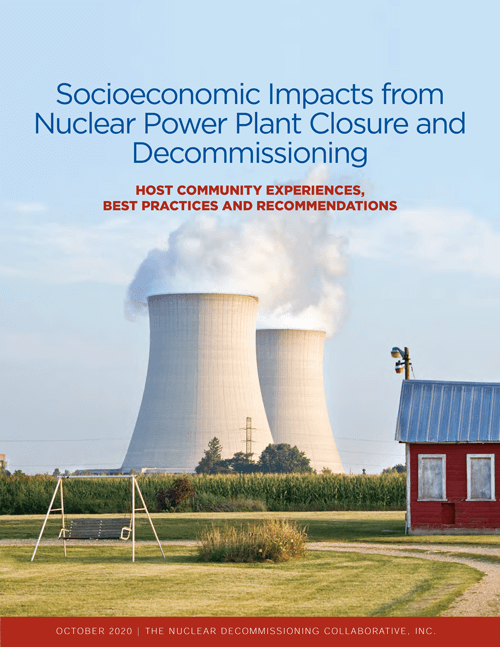 Communities that host nuclear power plants face “swift and severe” economic and social impacts following a plant’s closure, according to a report by the Nuclear Decommissioning Collaborative that was released on October 12. The free, 61-page report, Socioeconomic Impacts from Nuclear Power Plant Closure and Decommissioning, examines the effects of nuclear power plant closures on surrounding host communities, along with the barriers to planning and mitigation, and offers recommendations to nuclear closure communities across the nation.
Communities that host nuclear power plants face “swift and severe” economic and social impacts following a plant’s closure, according to a report by the Nuclear Decommissioning Collaborative that was released on October 12. The free, 61-page report, Socioeconomic Impacts from Nuclear Power Plant Closure and Decommissioning, examines the effects of nuclear power plant closures on surrounding host communities, along with the barriers to planning and mitigation, and offers recommendations to nuclear closure communities across the nation.
According to the report, a typical nuclear power plant may operate in a relatively rural area and contribute upward of $400 million annually to the local and regional economics. That loss of revenue can have a severe impact on local public services such as schools and emergency responders. In addition to the economic benefits of operating nuclear power plants, the report points out that plant employees and their families strengthen host communities through their participation in local cultural, civic, and volunteer opportunities.






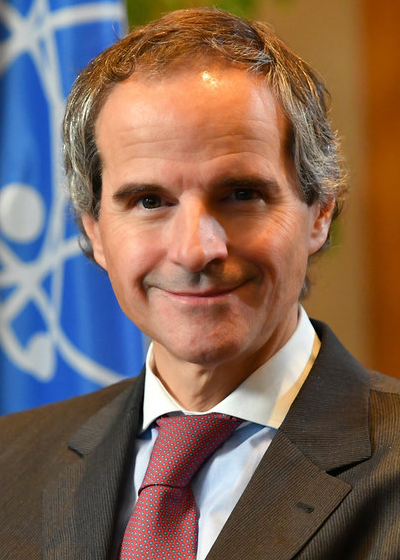
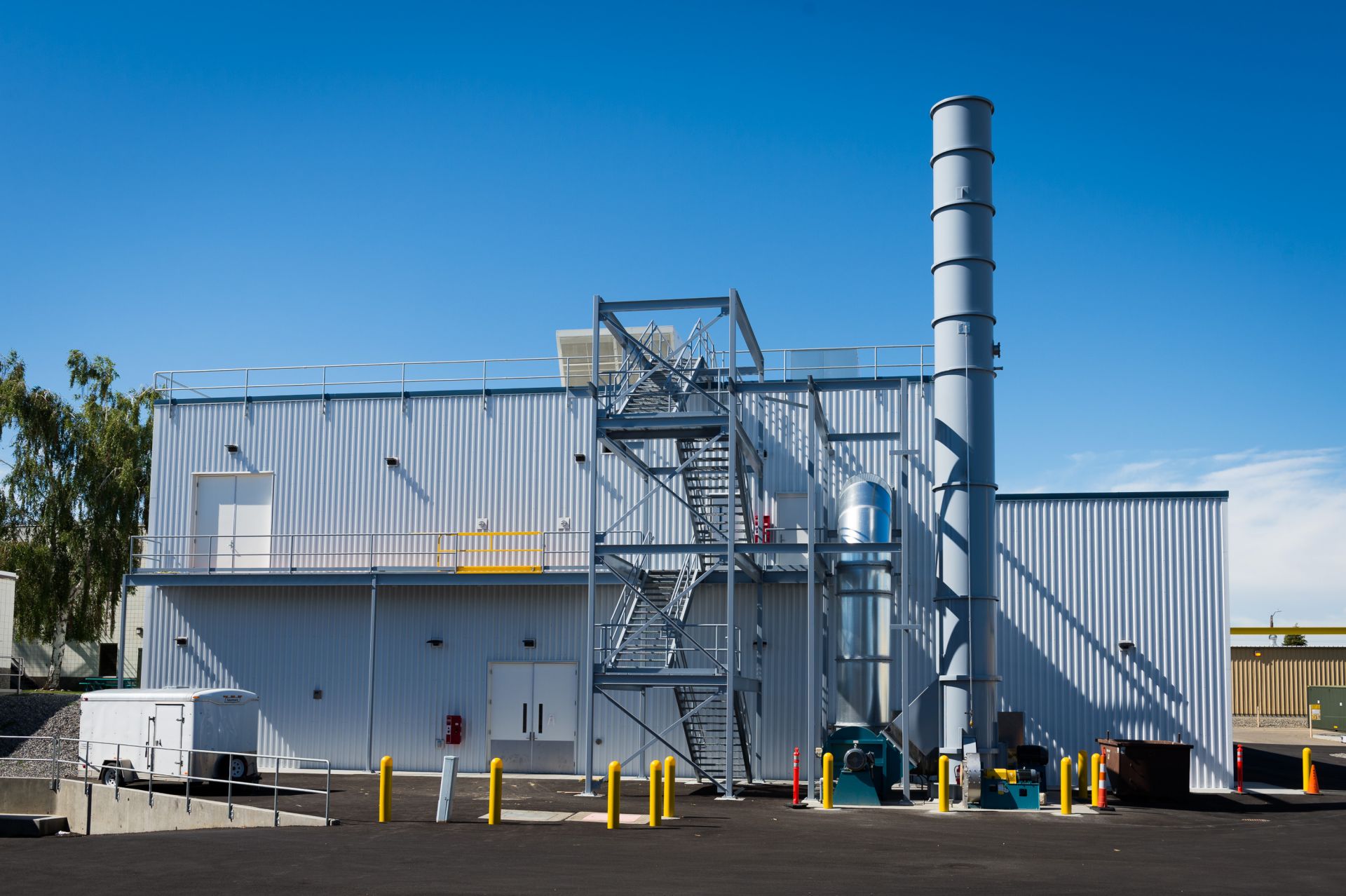

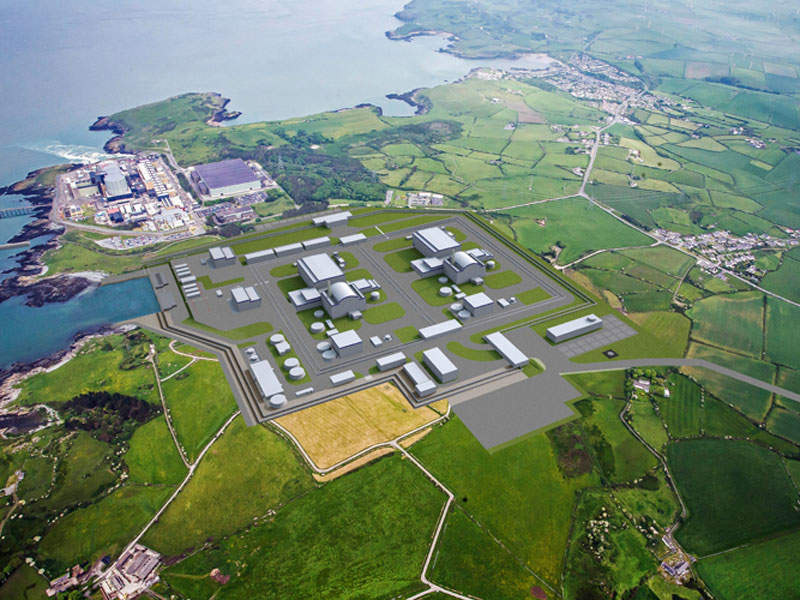
 A recently published paper on clean energy policy for economic recovery calls for the preservation of the current U.S. nuclear reactor fleet and the deployment of advanced nuclear technologies.
A recently published paper on clean energy policy for economic recovery calls for the preservation of the current U.S. nuclear reactor fleet and the deployment of advanced nuclear technologies.